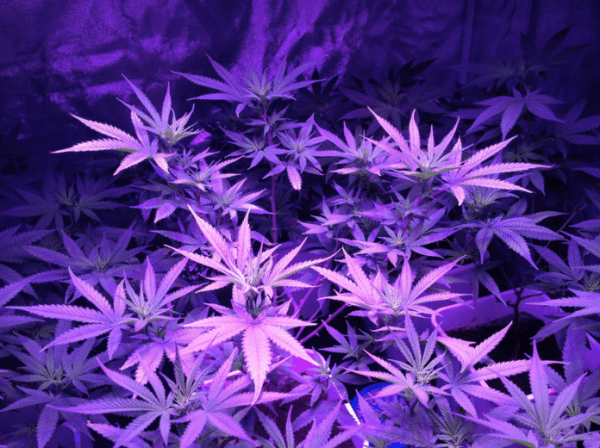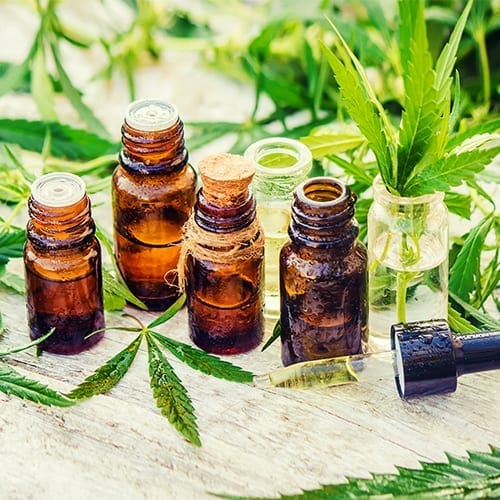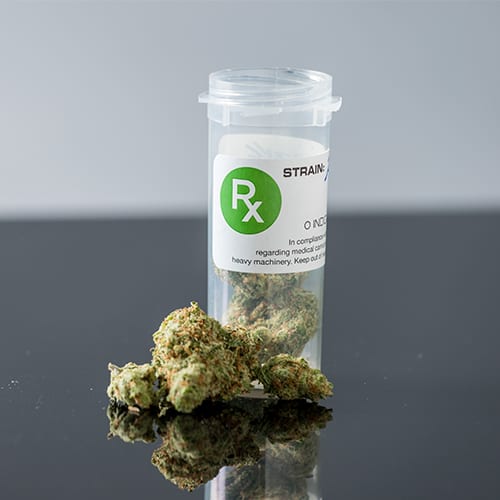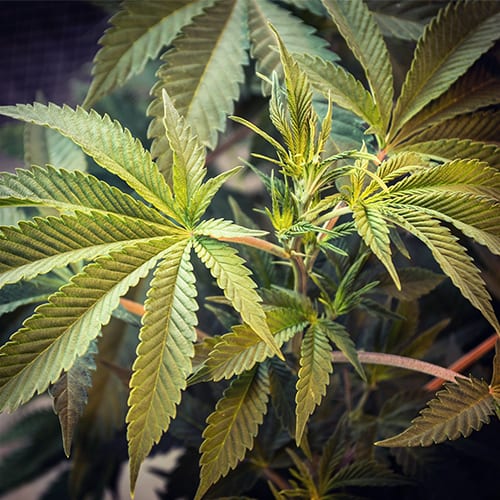
The greenest plant in the world is not always green. During cultivation, cannabis takes on a myriad of dazzling colors, ranging from purple and blue to red and yellow.
How a plant is grown and the type of environment it is exposed to strongly determines its color profile, as the herb matures. Madison Margolin from Vice’s Motherboard revealed in a recent post that anthocyanins, or water-soluble vacuolar pigments that are formed based on the pH or acidity levels of the plant, could be causing surreal color shifts in marijuana. Categorized as flavonoids, the components do not affect the taste and smell of the plant.
But there are other factors that influence the colorful patterns of cannabis. Keep reading to find out what these elements are and how they affect the herb during harvest.
Major Factors
In addition to changing pH and acidity levels, the surrounding temperature of the growing area can help generate wild colors in weed. For example, exposing the plant to cool temperature ranges will cause it to decrease chlorophyll production. This component is directly responsible for the herb’s iconic green color. The pigment is a vital element in the food-making process and its main role is to absorb light energy. So naturally, weed is green (like other green plants) due to high levels of chlorophyll generated during the growing process. And since cultivators provide optimized conditions for the herbs to thrive in, it makes sense that most take on a very bold, green color.
“Many growers feel that reds, pinks and purples indicate a stronger, more potent bud; others feel that the sight of any other color but green indicates that that plant was grown in a cold climate. Cooler temperature is just one factor in the color of your bud, and while purple bud may be amazingly potent, you’ll find green bud that’s just as amazingly so,” said G from Vancouver Island Seed Company in a guest post for Cannabis Culture.
Red and Yellow
Weed that appears red, like some “red hair” buds commonly found in Southeast Asia, get their color from complex deprivation of phosphorus and other supporting nutrients. Contrary to popular belief, red strains are not always superior and dank. While some are, it is important not to use the herb’s colors as a primary indicator for potency. Marijuana that appears darker, sometimes close to dark purple or black, is typically caused by excessive production of pigments in the leaves of the plant. Cannabis that displays such color profiles are grown in cool temperatures.
Lastly, marijuana that is dominated with bright yellow, gold colors, including Lemon Kush and Lemon Skunk, grow robustly in alkaline-rich environments. “If a plant has a lower number of anthocyanins, it may produce yellow, gold, and earthy hues from carotenoids, pigmentation molecules also present in carrots, autumn leaves, and tomatoes,” said Margolin.
SOURCE: MASSROOTS.COM





